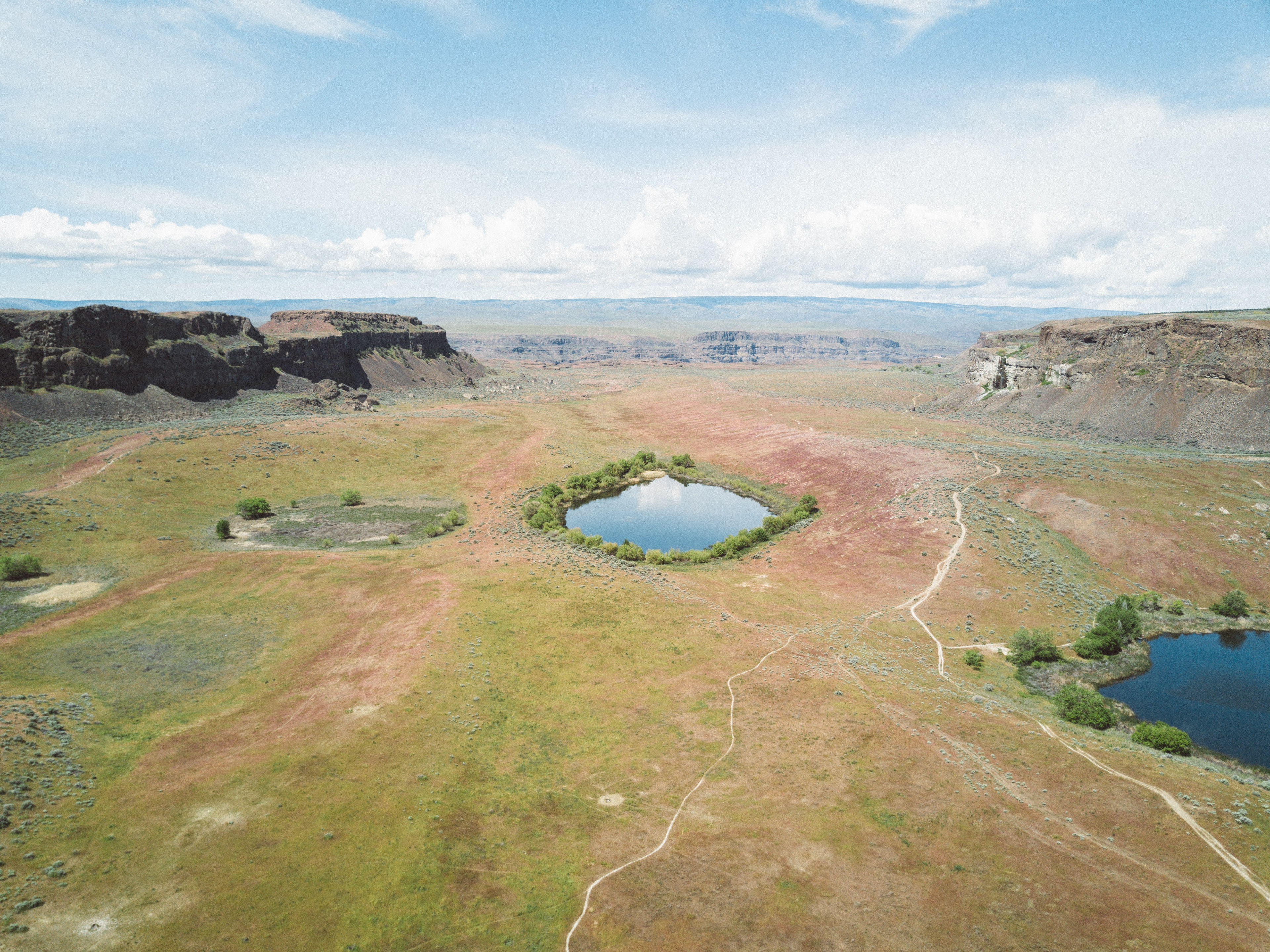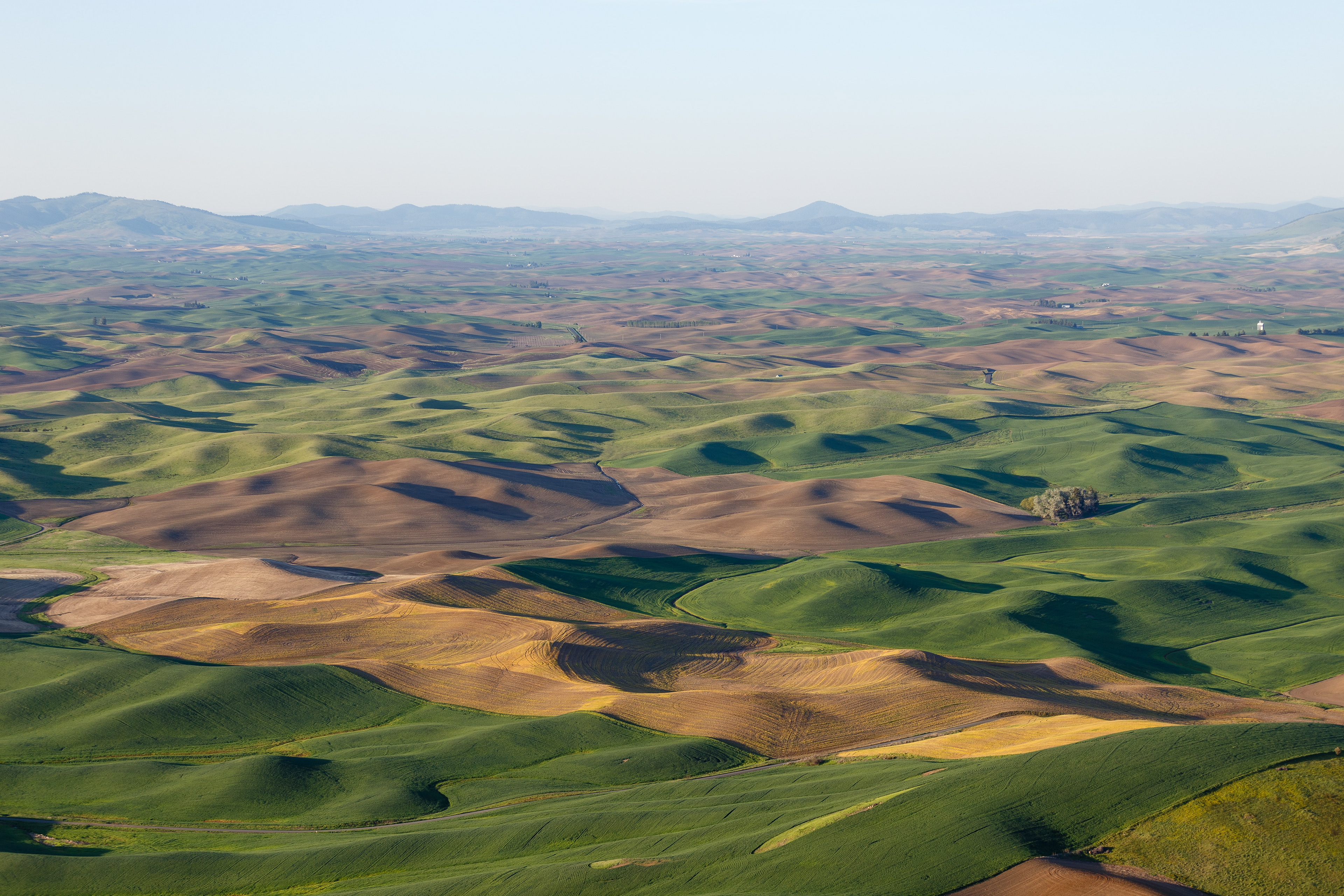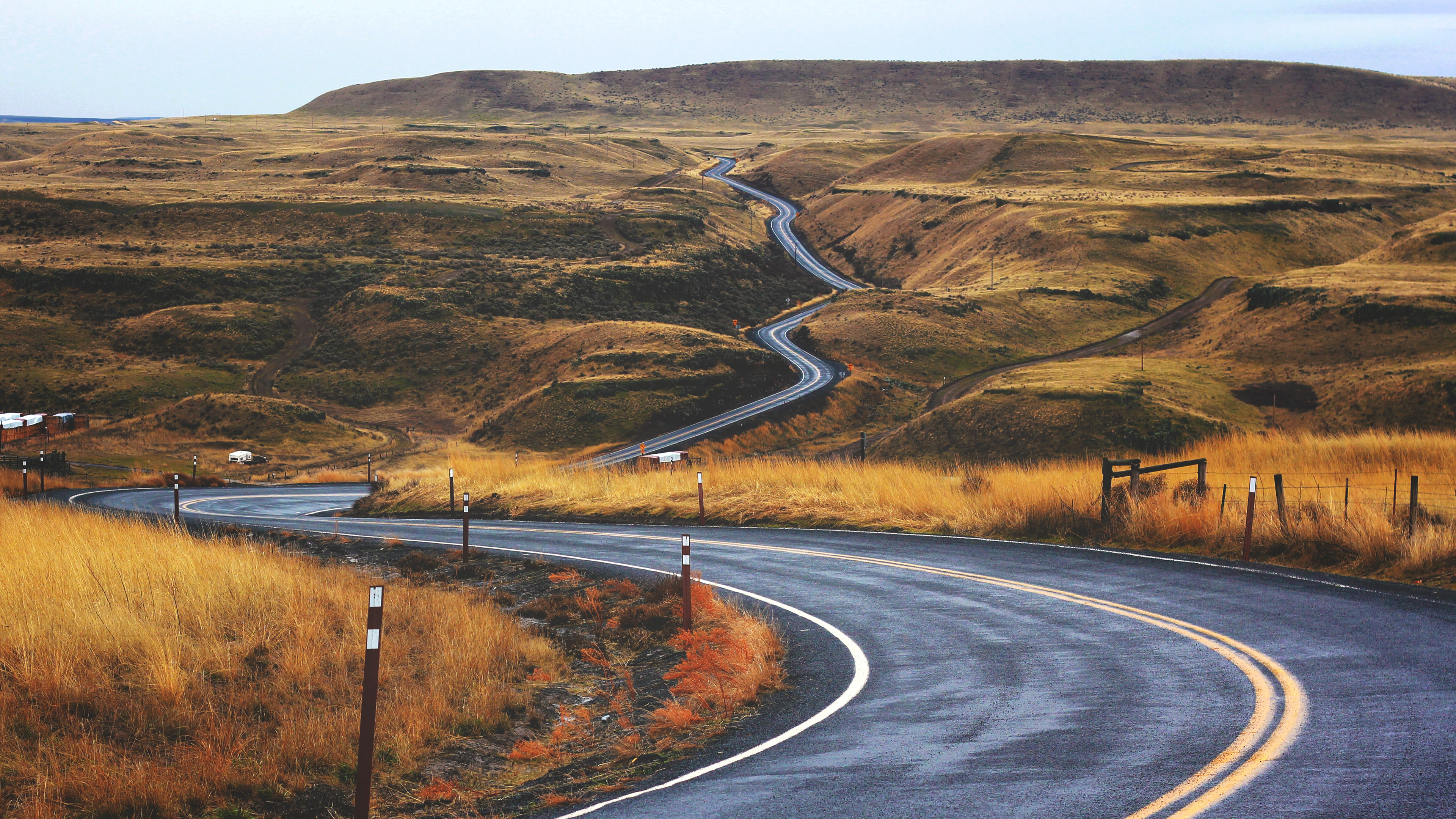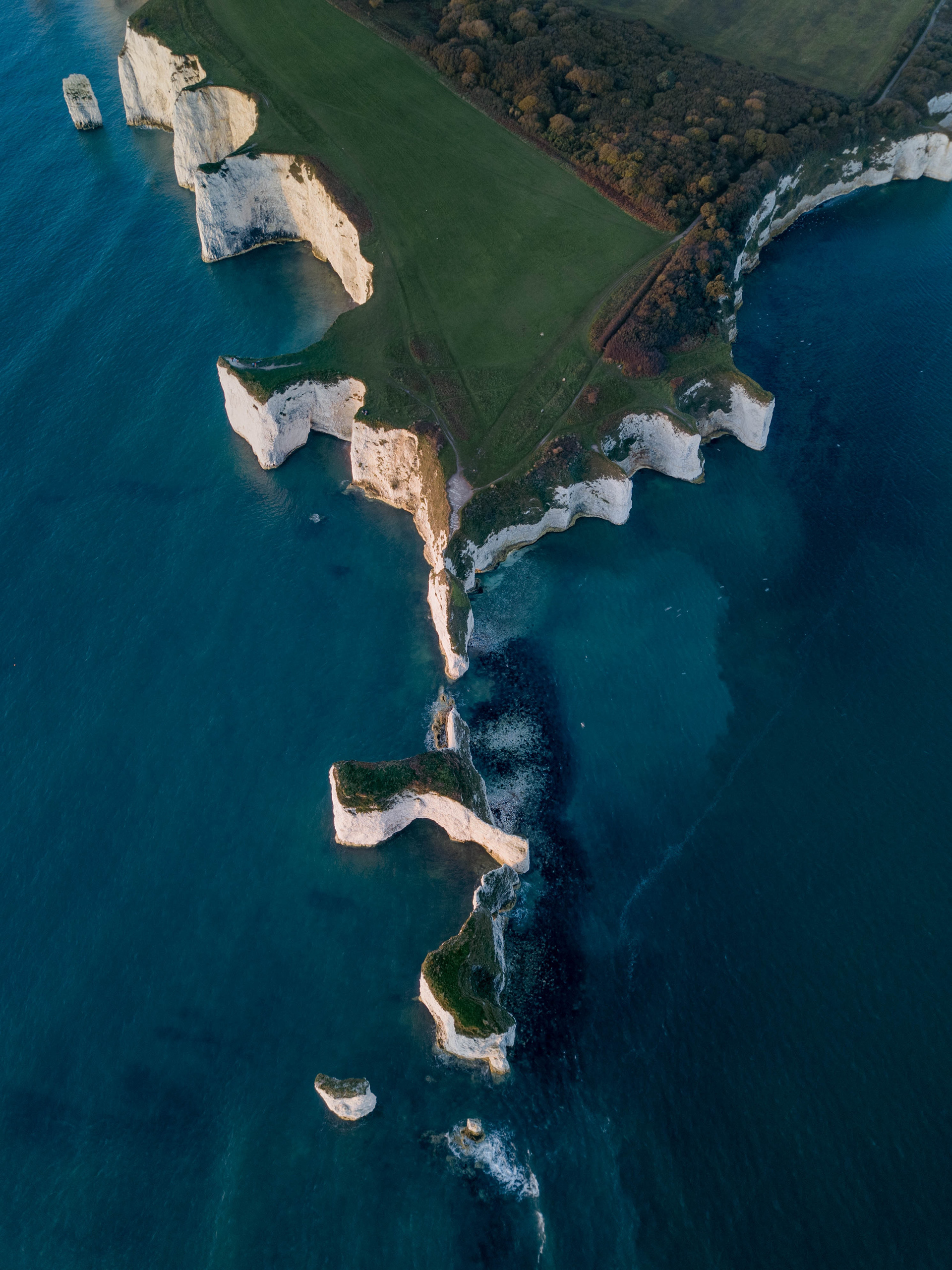
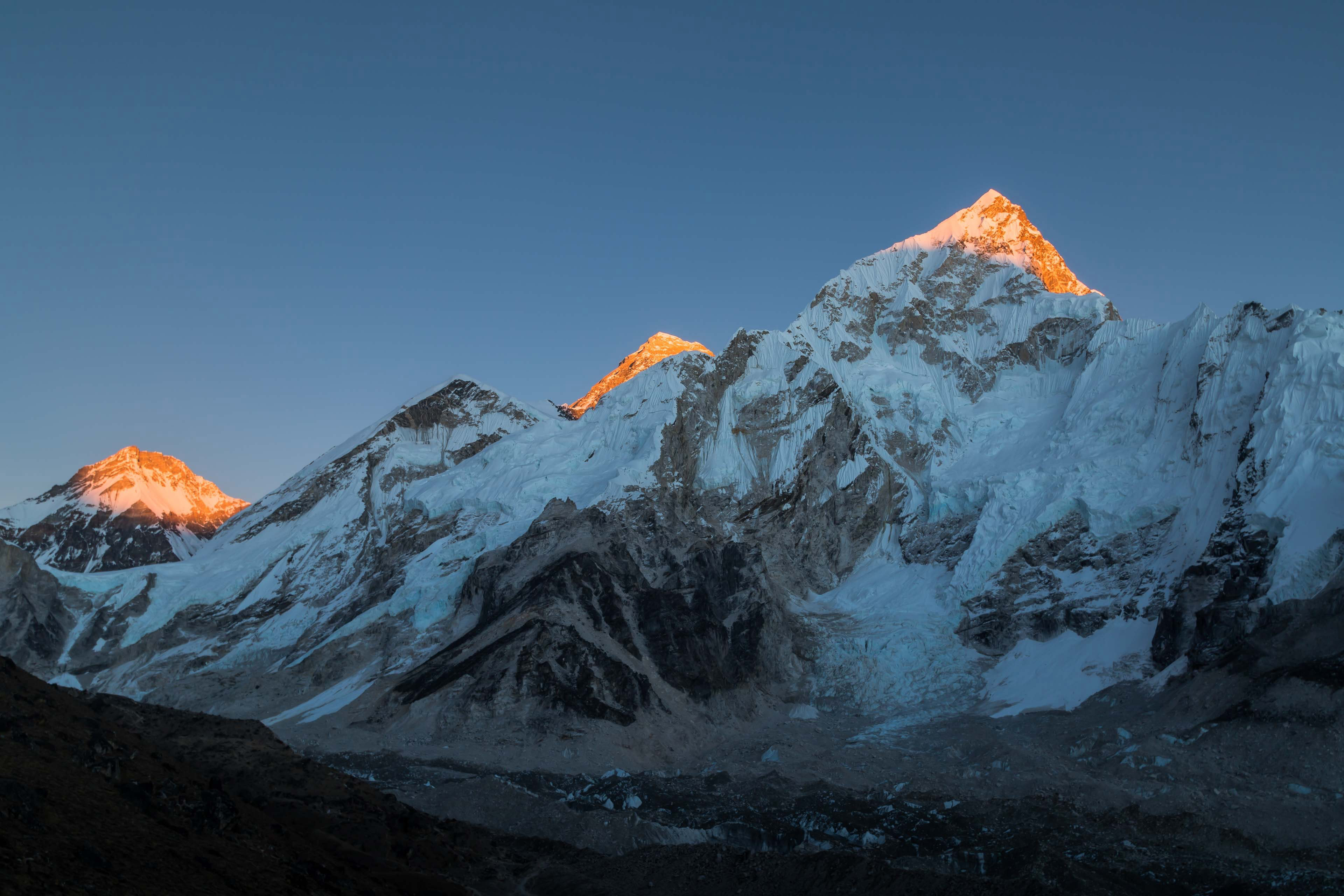

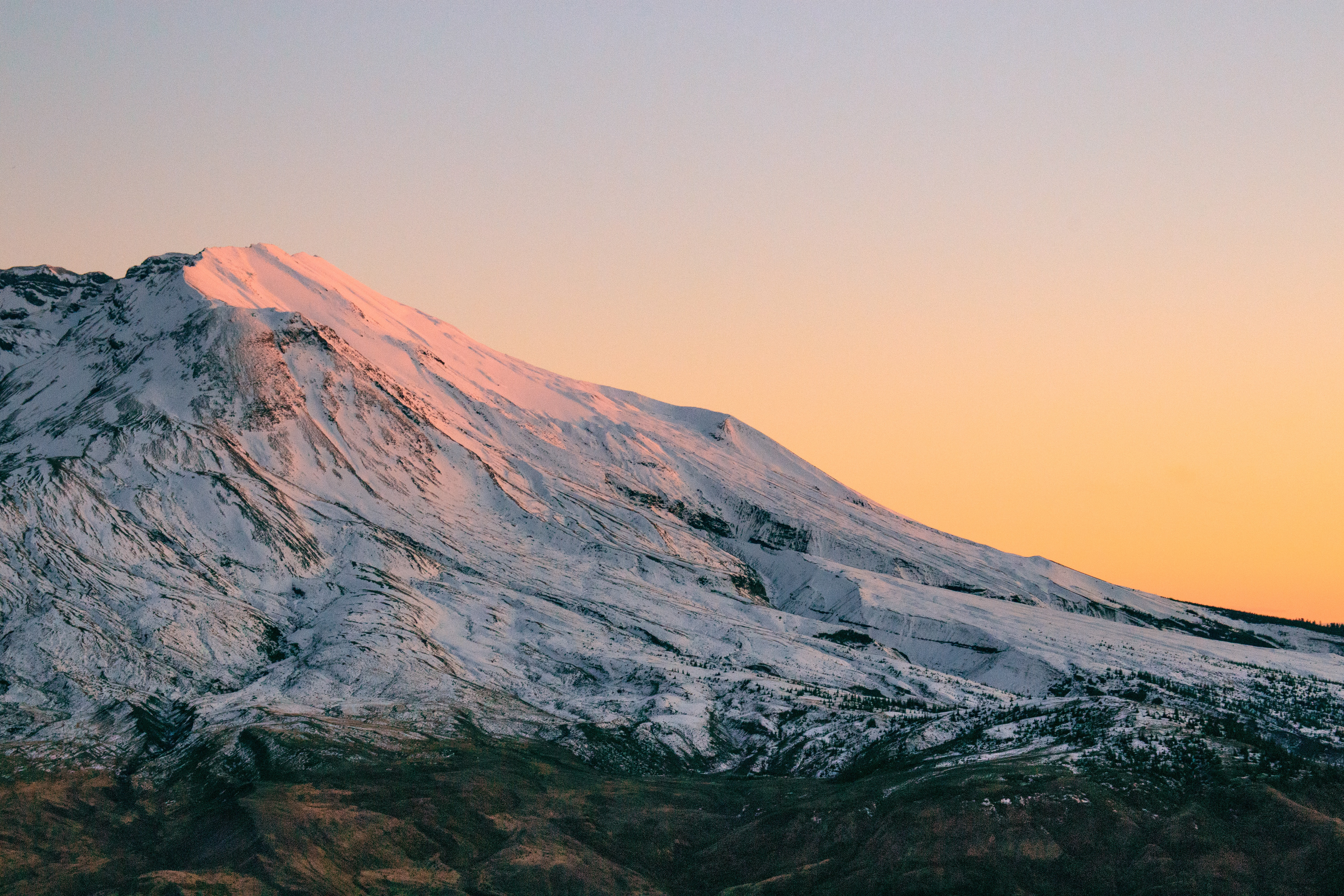
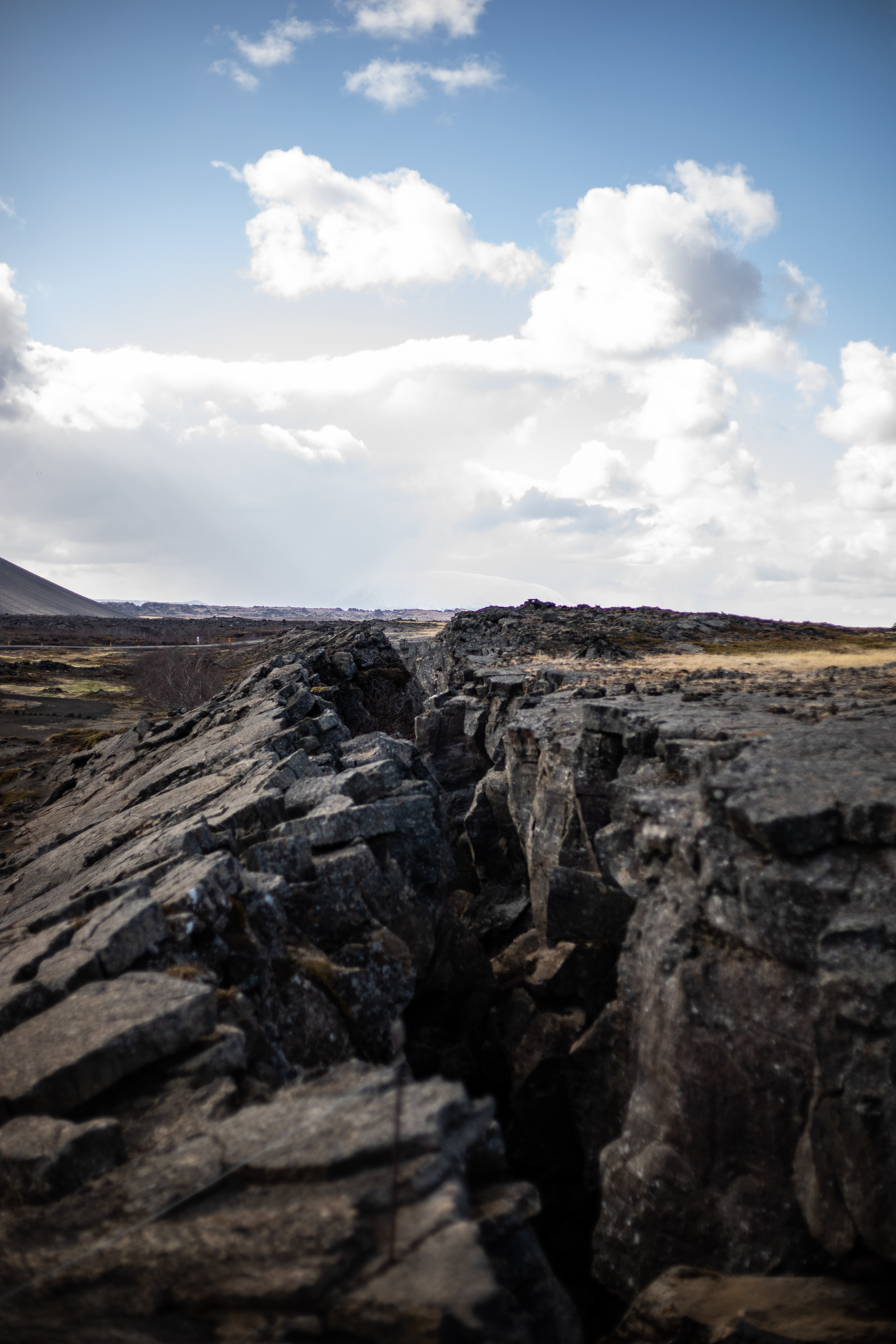


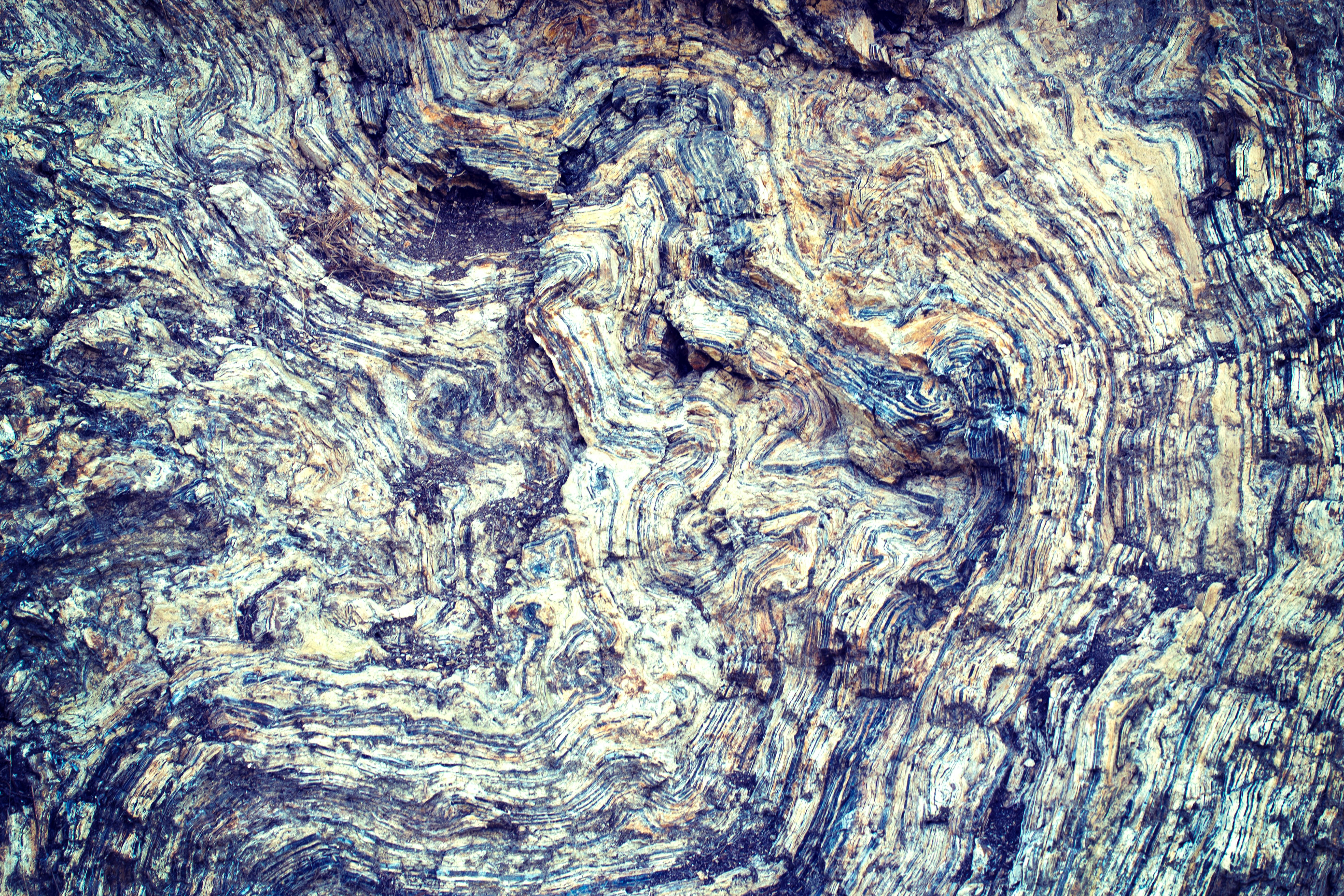

Earth's surface is constantly changing. While some areas are growing (as with mountain ranges or volcanoes), others are being broken down and eroded away (like the Grand Canyon). Sometimes these changes happen so slowly that they are hard to recognize; other times, they happen so quickly, we barely have time to respond, like when a landslide happens. Below are various examples of where Earth's surface is changing and/or has changed. Choose at least two different examples, and see if you can figure out what geoscience processes are responsible for the changes. Examples of geoscience processes to consider include weathering, erosion, deposition, tectonic plate movement, thermal convection in Earth's mantle, and rock formation.
Hoodoos at Bryce Canyon, Utah
How do the hoodoos at Bryce Canyon form and change over time?
Bryce Canyon is not properly a canyon, but a natural bowl-shaped amphitheater filled with stone towers, or “hoodoos” (irregular columns of rock). Take a guided tour through Bryce Canyon to see the hoodoos up close, and learn about their formation. You can also take a street view tour to virtually "walk" around and observe the hoodoos on your own. Once you have finished your tour, you can watch the video to see some more of the park.
Hawaii Volcanoes National Park
How are the Hawaiian Islands changing?
The Hawaiian islands are one of the most geographically isolated places on Earth; the closest landmass is California, which is a whopping 2,400 miles (4,000km) away! Hawaii is also home to the world’s most active volcano: Mount Kilauea. Kilauea is the youngest and most active Hawaiian volcano, erupting relatively slowly, but consistently since 1983. On May 4, 2018 a historic eruption started that lasted until September. This particular eruption got Kilauea on the list of most destructive volcanoes in the U.S., right alongside Mt. St. Helens. Take a guided tour of the Hawaii Volcanoes National Park to see the lava tubes and an active volcano up close. You can also take a street view tour to virtually "walk" around and observe the park. Once you have finished your tour, watch the video to see how Kilauea is changing Hawaii.
Mt. Everest
How is Mt. Everest is still growing?
Mt. Everest is the tallest mountain on Earth (above sea level) and arguably one of the most famous. The peak of Mt. Everest is 29,035 ft. (8,850 meters) above sea level. What’s even more fascinating is that Mt. Everest is still growing! It grows approximately a quarter of an inch (0.25 inches) or 4mm every year. The south side of the summit is in Nepal, while the north side is in China or Tibet. Mt. Everest is part of the Himalayan Mountain Range. Unlike the the Cascade Mountain Range in the United States, there are no volcanoes in the Himalayas! Use the resources below to learn more about Mt. Everest and why it is still growing!
Rivers of Ice
How do glaciers change Earth's surface?
Glaciers currently exist at the poles, on continents near the poles, and on top of mountains. However, there is evidence that glaciers used to exist in other places like Africa and Australia! Glaciers moving around, sculpting Earth's surface isn't a thing of the past though; it is still happening today! Use the resources below to learn more about the evidence glaciers leave behind, take a tour of the glaciers in Kenai Fjords National Park, and see how glaciers themselves move and change over time!
Scablands of Eastern Washington
How did the "scablands" of Eastern Washington get their unique shape?
The scablands of Eastern Washington presented a unique mystery to geologists. Watch the video below to learn more about the scablands themselves, and how they finally figured out what created the rippling and rolling hills alongside steep cliffs and waterfalls.
